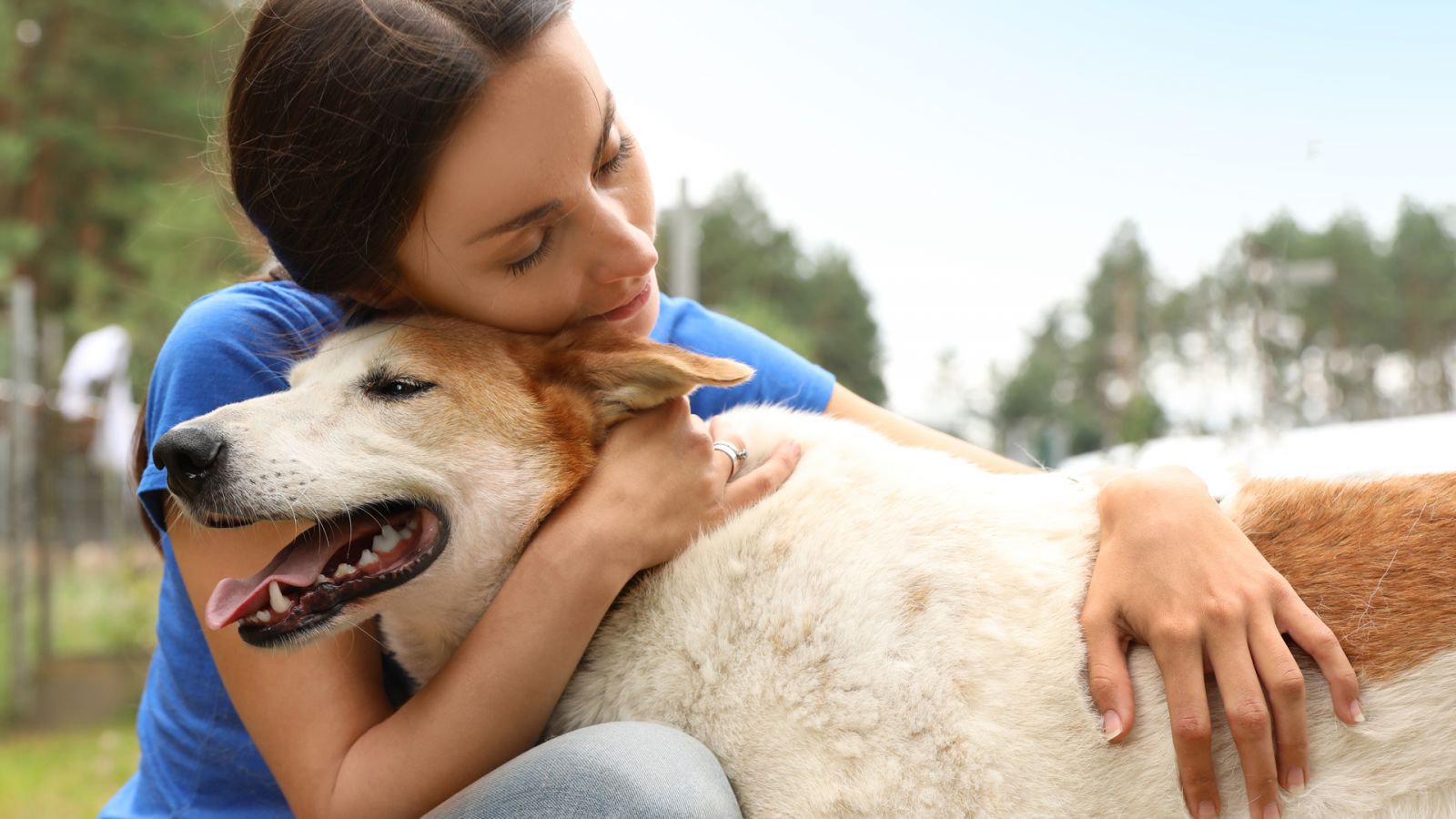Finding and Retaining Major Donors: Retention Strategies Begin with Existing Supporters
Finding and retaining major donors can be challenging, especially in lean economic times. However, major donors who are committed to an organization’s mission and vision are likely to continue to support the organization – in good times and bad.
In fact, if you’re hoping to build the number of major donors you have, start with your existing donors.
Existing donors are already there for you, and they’ve already supported you. To encourage them to increase their level of support, help them see what they mean to you through regular updates. As you tailor communications to them, make sure they understand how much of an impact they can have on people and organizations in need, and be sure to tell them about all the opportunities they have to make a difference. By nurturing the relationship through regular touchpoints, you just may find them converting from occasional supporters to lifelong major donors.
Along with leveraging data-led insights, having a strong understanding of nonprofit fundraising principles can help you build a sustainable base of donor support and encourage donors to strengthen their commitment to your mission, even when times are tough.
Understanding Direct Response Fundraising and Donor Behavior
Most nonprofit organizations are in need of growing the level of support generated from their donors.
It’s a constant. Once you find donors, you have to work to retain them and encourage them to increase their support. At the same time, you must attract new audiences to ensure the donor pool continues to grow.
Many organizations rely on major gift officers to target the easily recognized pool of major donors in their community. That can be helpful to a point, but there is a lot of competition for that donor pool. Those donors also tend to have a wide variety of interests and missions they would like to support.
A more powerful solution is to focus on direct response donors, who donate in response to a solicitation but often fly under the typical major donor thresholds.
Think of it like this: would you focus on a large pool of people who might or might not be interested in supporting your organization – or a smaller pool of people who already did support your organization and who may be open to strengthening their connection and impact?
In order to engage direct response donors and encourage them to grow their support, you have to ask yourself several questions and then use analytical data to find the answers.
- Why have your loyal or occasional donors supported your nonprofit organization?
Explore what makes your donors tick, why they are interested in supporting your organization. The reasons may vary widely, but whatever they are, the donors likely have some kind of emotional connection to your mission. For that reason, making sure they know you know their general reasoning and can relate to it can be a powerful way to get them to donate – or even donate more than they have in the past.
A top reason why a donor might support an organization is having experienced something related to the organization’s purpose. For instance, a cancer survivor or someone who lost a family member due to a battle with cancer may be inclined to support cancer research. Individuals who have been impacted by substance abuse may support a rehabilitation facility. An outdoor enthusiast may support an environmental organization focused on clean water initiatives.
Other reasons donors may support an organization include wanting to do something meaningful for another person or group, wanting to feel connected to the community or perhaps even wanting to participate in fun activities that require financial contributions.
- What do your existing donors need from your organization to feel engaged, and how can you use these insights to bring lapsed donors back?
In the above scenarios, effective fundraising research would identify these individuals and groups so that you can personalize messaging to match their interests.
Once they offer their support, you can aim to retain these donors by reinforcing the fact that their support made a difference – not just the overall organization’s contribution but their specific contribution. Remember to make all your current donors – regardless of their level of giving – feel needed by personalizing messages and sharing your gratitude.
For instance, if “Sally” donated $30 to a homeless shelter, and that $30 was used to buy a jacket for sweet little 5-year-old “Adam,” be sure to tell Sally that! When supporters learn that their donations made tangible impacts, you will be more likely to retain these donors, or even inspire them to increase their level of giving.
The same concept applies to lapsed donors. To try to re-engage these donors, send them a few follow-up communications – perhaps discussing the fact that $30 from a generous donor was enough to buy a jacket for a young boy. Once they see how impactful their support can be, they may be driven to come back.
- What are the best ways to reach new major donors?
To gain major donors, your outreach efforts may require more consistent communications, including personal phone calls and emails. You also may need to be more physically present, such as by attending social events, open houses and educational symposiums.
Remember to make it easy for donors to support the mission, such as through digital links to your donation page and QR codes on your print communications.
The more you can nurture relationships with prospects, the more likely they will be to support your mission – especially if they, too, believe in it.
.jpg)
Cultivating Relationships with Major Donors and Prospects
Once you understand what your donors need from you and why they support your organization, you have to find the best ways to engage them even further to encourage them to increase their contribution level.
As you’re communicating with your current donors, consistency is important. They want to hear from you and learn how their generosity makes an impact on your organization. It’s worth repeating: The more specific and personalized, the better.
You can also use this research to create donor segments in order to personalize the messaging. Donor-centric messaging can address recipients by name, discuss what their donations have helped you accomplish in the past and can be localized to their communities. Aligning your direct response messaging with personal outreach from your major gift officers can maximize the impact.
Some ways you can connect with your prospective major donors – whether they are existing supporters or new prospects – include:
- Scheduling informal one-on-one meetings to get to know the prospect better and review information the donor might find helpful, such as your annual or impact report.
- Inviting them to a special event with the leaders of your organization.
- Providing tours of your facility.
Major donor cultivation involves connecting with prospects on a personal level, learning more and more about each one over time. When your team goes through this process, your donation solicitation can be backed by better information that resonates with prospects. They already know you and your values, so they will be more likely to support you than an organization they do not know as well.

Data Insights and Donor Segmentation in Nonprofit Fundraising
Understanding your donors’ motivations is a critical element of successful nonprofit fundraising, especially if you’re hoping to build your pool of major donors. Knowing their intrinsic values is a key, but truly understanding and leveraging the related analytical data can help you turn the wheel.
Expanding your understanding of donors by increasing data attribute insights can help you segment your audience in order to create more donor-centric messaging and track your results with more relevant facts. Common data attributes include past donation history, giving capacity, donor demographics, philanthropic interests and engagement levels.
By creating these donor segments, organizations can further personalize their outreach strategies, enhancing the chances of finding and converting donors into major supporters.
Engaging Big Donors
Building a strong major donor program takes time and consistent management. You can’t stop your efforts once you have met a short-term goal, because you must keep your donors engaged to ensure they continue to support your mission.
Converting supporters into major donors requires regular analysis of data, as well as taking the time and effort to cultivate relationships. Some of the ways you can engage or connect with your prospective major donors include:
- Direct response fundraising
- Regular communications via email marketing and direct mail to share the results of your efforts and how donors’ support makes a difference
- Sharing inspirational stories and results showing impact on social media, along with being social on these channels to ensure your organization is seen as “real” and relatable
- Regularly updating your website with inspirational information showing the successes of your mission
- Inviting them to in-person social events related to your organization’s mission
- Hosting open houses or tours
By harnessing data attributes and employing data analytics, organizations can gain valuable insights into their donor base. This information serves as a solid foundation for personalized communication strategies and effective major donor prospecting.
As you aim to increase the number of major donors for your organization, remember that there’s no need to reinvent the wheel. Your existing donors already support your mission, so if your efforts are backed by data and strong relationships, that’s where you may find the greatest success.
Read our case studies to see how our nonprofit fundraising marketing strategies made a positive impact in our communities!
- Creation of content marketing plan to educate the target audience on the Macomb County Rotating Emergency Shelter’s need and the positive impact it has on the community raises $400,000, surpassing the organization’s goal by $100,000 and finds a new $50,000 major donor.
- Our nonprofit fundraising solutions for the Animal Welfare League of Alexandria led to a 40 percent increase in individual giving in just three months.
- Our fundraising solutions for the Holy Cross Services nonprofit organization led to a 2.3x increase in gross revenue, a 6x increase in the direct mail return on investment and a 5.4x increase in online revenue.
- The Coalition on Temporary Shelter experienced a 141 percent increase in the number of gifts and a 20 percent increase in gross revenue within the first year.
